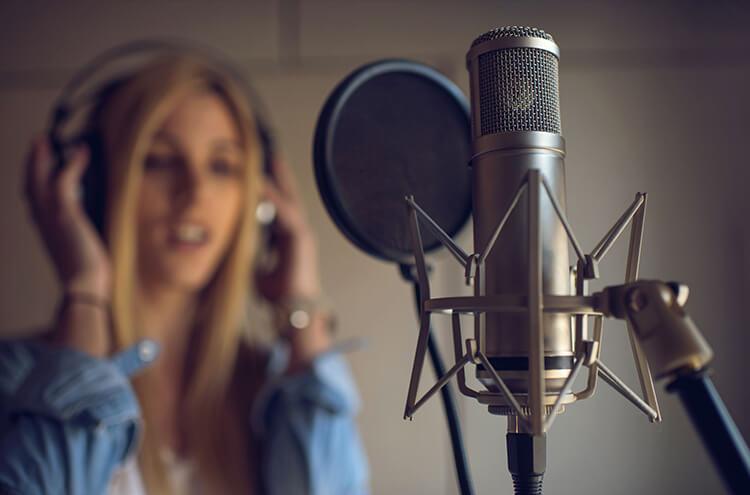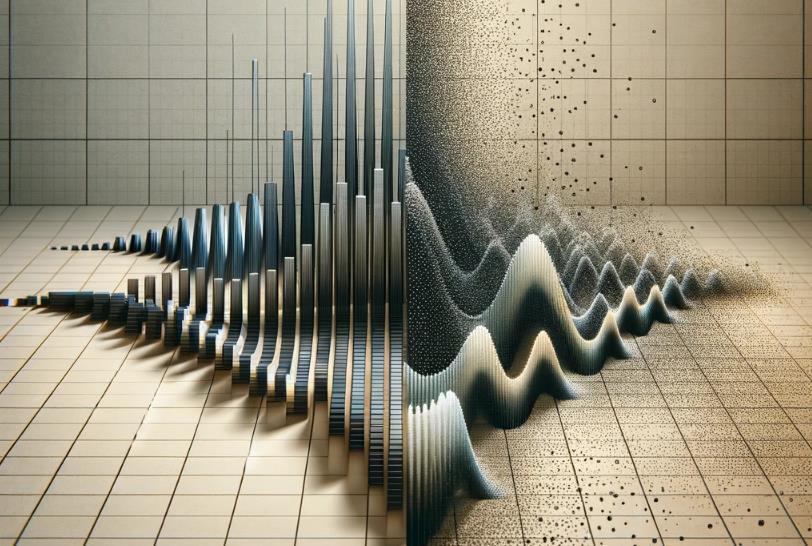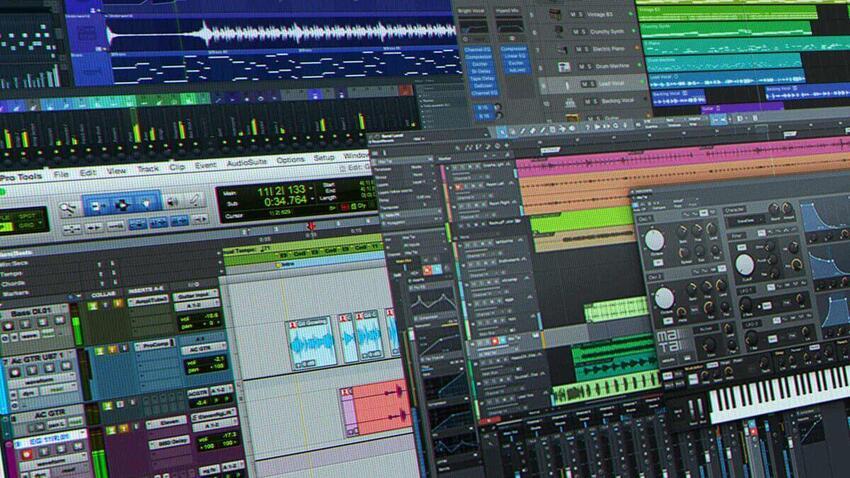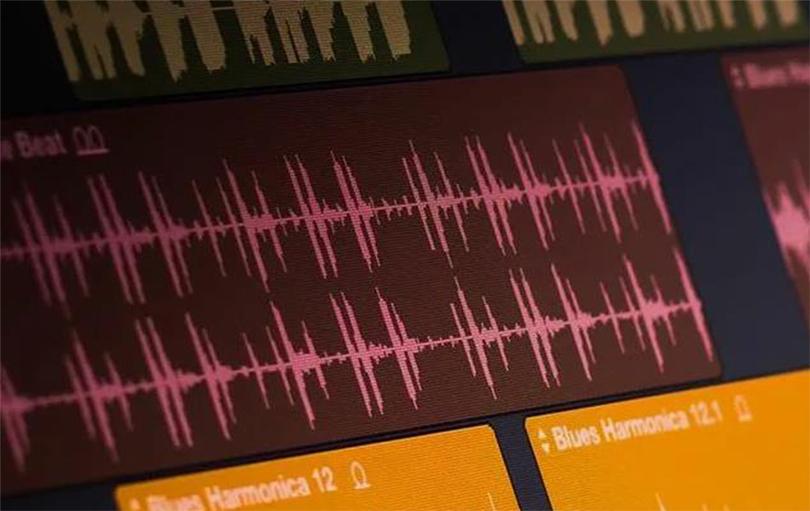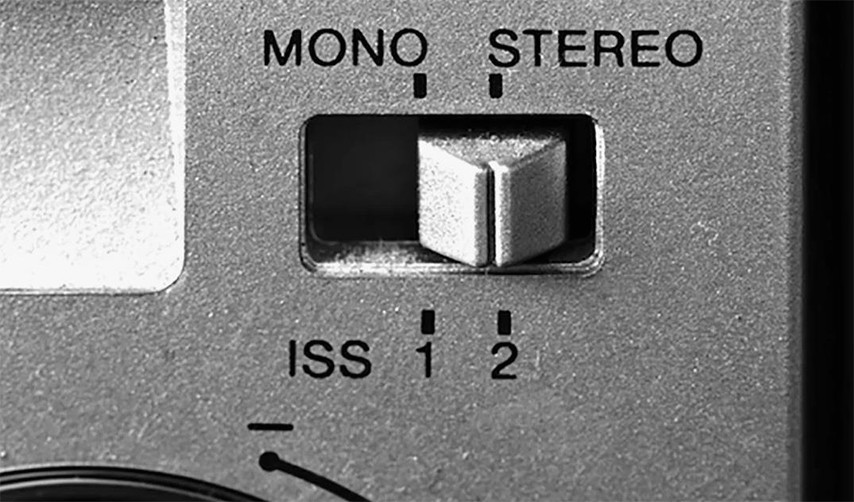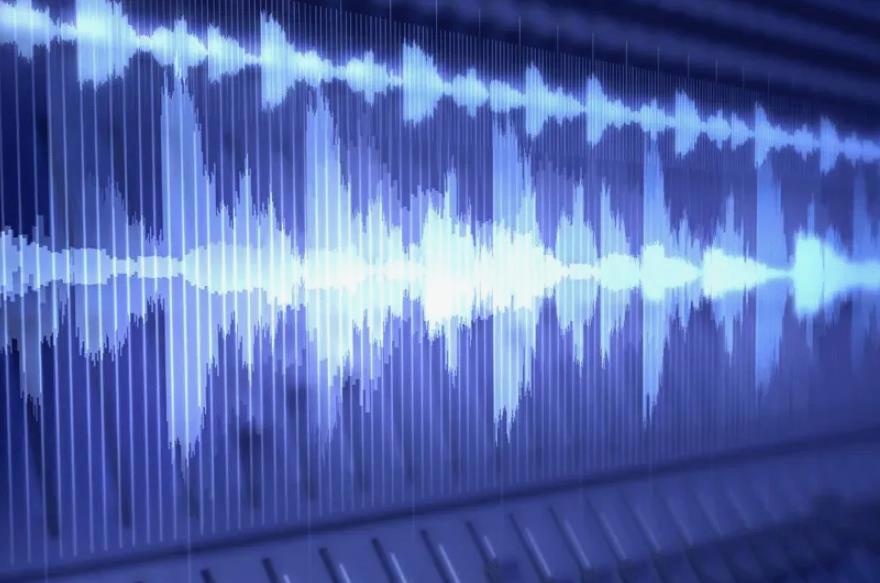Binaural Audio

Imagine being in a movie theater, where the sounds coming from all around you create the impression of being completely immersed in the action. Sound designers and filmmakers try to create this effect by using multi-channel sound systems placed throughout the theater. In blockbusters, it is especially important to accurately convey the movement of sound so that the audience can feel like they are in the center of the action.
Binaural audio is a technology that imitates how people perceive sounds in real life. Although surround sound and multi-channel systems have been around for a long time, binaural audio has recently gained attention. Surprisingly, it uses only two audio channels, but it creates an impressive sense of volume that is not inferior to traditional systems.
Binaural audio provides deep immersion using a minimum number of sound sources. The basic idea of the technology is to record sound as a person hears it, taking advantage of the peculiarities of human hearing, which perceives the world through two ears. This allows for an incredible level of realism, even when listening through regular stereo headphones. Unlike standard recording methods, where sound is captured by one microphone and the space is created artificially, binaural audio uses two microphones, which allows you to capture sounds not only from the sides, but also from the front, back, top and bottom. A dummy head with microphones built into the models of the auricles is often used for recording. This may seem unusual, but the result allows you to create a very realistic effect of presence when listening with good headphones.
- Why is it important to use headphones? Sound waves from the speakers mix and distort the effect, so accurate sound positioning is only possible with headphones;
- Why are two microphones not enough? To achieve the full effect, it is necessary to take into account sound reflections from the head, body and features of the auricles, which is called HRTF (head-related transfer functions);
- Where is binaural audio used? In recent years, interest in binaural audio has increased due to the development of computer games and VR technologies, which require deep immersion in three-dimensional worlds. Binaural audio is also used in music, movies, and specific genres on YouTube.
Music
Binaural audio appeared in the late 19th century. At that time, a device called the Tetrophone was used, which allowed listening to concerts in theaters and philharmonic societies via telephone. Microphones in the halls were positioned to create the effect of presence. The Tetrophone was popular and was available until 1932.
In the 1930s, the first artificial head with microphones was created in the Netherlands, in the Philips Research Laboratory Eindhoven. This mannequin was used for experiments with the accurate transmission of sound perceived by the human ear. In 1972, Neumann released the first commercial mannequin KU 80, expecting that it would revolutionize sound recording. However, sound engineers remained indifferent and continued to use familiar microphones.
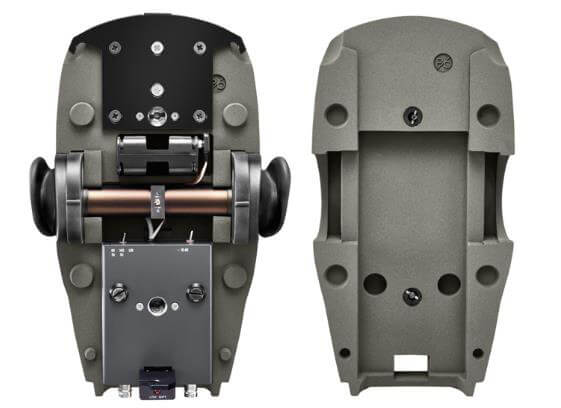
The main problem was that the use of dummies limited the possibilities of sound recording and post-processing. Traditional methods of channel recording allow you to use microphones with the desired directionality, placing them optimally to capture the necessary sounds and exclude unnecessary ones. Dummies are equipped only with omnidirectional condenser microphones, which makes it difficult to work with the space of instruments during mixing. Adjusting the volume level, equalizing and compressing individual elements of the recording becomes almost impossible, which is a serious problem for sound engineers.
Nevertheless, some musicians continue to experiment with 3D sound. Examples of experimental electronic music can be found on YouTube. Lou Reed from The Velvet Underground used binaural recordings in his solo albums, and The Rolling Stones used this approach on the album Flashpoint.
Binaural audio has gained the greatest popularity in the music industry due to its ability to convey the sound of a live performance. As in the late 19th century, 3D sound today is best suited for listening to concerts, creating a sense of presence.
Cinema
The history of binaural sound in the film industry is even less impressive than in music. Movies are usually watched in company, and quiet cinemas with headphones instead of speakers are rather a rarity. At home, audio systems with multiple speakers, such as 5.1 and 7.1, also prevail. The use of dummies with rubber heads on the set also causes difficulties. As a result, binaural audio is not only difficult to record and mix, but also has a limited audience.
Recently, there have been some changes. Sennheiser released an unusual independent film as a promotional material for its headset designed for binaural recording. Although the artistic merits of the film are questionable, the very attempt to demonstrate the capabilities of the format is noteworthy.
A more serious approach to binaural audio was shown by the creators of the series “Doctor Who”. The fourth episode of the tenth season, “Knock Knock,” used a binaural soundtrack in addition to the regular one. The plot, which involves a house with alien insects hiding in the walls, allowed the sound designers to create the effect of completely surrounding the viewer with sounds such as frightening knocks, creaking doors, and howling wind. Festival films have also begun to experiment with surround sound. For example, the Kickstarter-funded horror film “Interior” was shot using binaural microphones and won several awards. The documentary “Blind Faith” uses the effect to convey the feelings of the blind protagonist.
YouTube
If we talk about less traditional genres of video recording, binaural audio is often used in ASMR videos. Yes, these are the same videos where they rustle bags or whisper. Many people watch them to relax and experience the pleasant sensation of goosebumps on the skin. Surround sound helps to convey these rustling sounds, whispers and tapping more naturally.
Binaural audio can transport the listener to another environment. There are many enthusiasts who record the sounds of large cities, unusual places or phenomena. For example, in this way you can hear the real sound of a rocket launch, which in regular video broadcasts is presented only as an inexpressive noise.
Games and VR
Although developers often compete in the graphical capabilities of their games, it is the sound that creates the strongest connection with the player. Sound conveys emotions and atmosphere better, provides important information about what is happening, helps build soundscapes, expanding the game world, creates tension and even makes the player imagine what remains behind the scenes. In addition, games are often played with headphones, and, more importantly, artificially created binaural audio can be used here.
The main difficulty in creating surround sound in games is to make it interactive. Although traditional binaural recording and the creation of a panorama in post-processing are incompatible, modern computers have enough power to simulate this effect in software. All sound tracks are recorded and mixed using conventional methods, and then a special algorithm processes them, simulating the sound through a virtual auricle, taking into account reflections from the head and body. This increases the load on the processor, but allows you to enjoy all the benefits of binaural audio without its main drawbacks. You can find many games on the Internet that use binaural audio. However, it is worth highlighting those games in which this format plays a key role in the gameplay. For example, in the stealth action game Sniper Elite 4, it is important to accurately determine the source of shots or enemy conversations, because the main character, as you might guess, is a sniper. And in the game Hellblade, the developers went even further: the main character suffers from hallucinations and hears voices in his head, and here binaural audio becomes not only a gameplay tool, but also an important artistic element.
How binaural sound is recorded
You don’t need a specially equipped studio to achieve the desired effect in binaural recording. The secret is in the correct placement of the equipment so that the sound is recorded the way a person hears it. Typically, a pair of microphones are used for recording, which are installed in the center of the studio at the height of a human head. The distance between the microphones is almost the same as between the ears. This arrangement allows the microphones to capture sound waves in the same way as hearing does, creating the impression that you yourself are in the center of the studio.
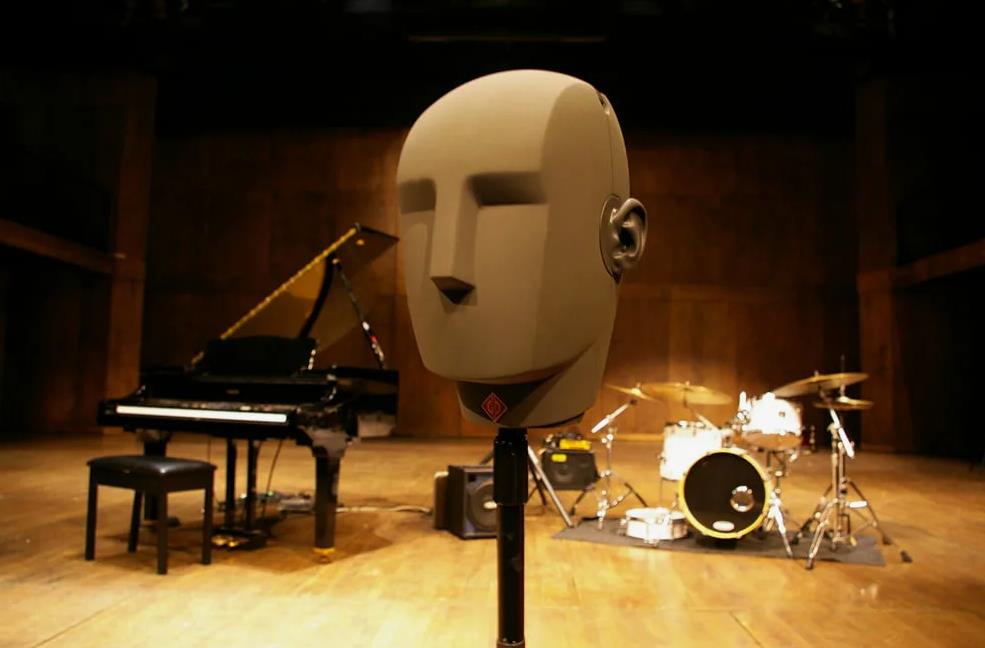
As binaural technology developed, engineers, sound engineers, and manufacturers discovered that the best results were achieved using dummies with built-in microphones, the so-called “dummy head.” Over time, this led to the creation of specialized devices – dummies with rubber heads and microphones built into the ears. Initially, such systems consisted of only a head, but later some manufacturers added a neck and torso, emphasizing this as a key feature of their devices. These innovations did not appear out of boredom; they are designed to make the job of sound engineers easier by making the recording process more visual. Studio engineers no longer worry about how the sound will reach the listener’s ears and how it will change as it passes through the human body. Everything that such a dummy records sounds as if the sound engineer himself was standing in the middle of the studio.
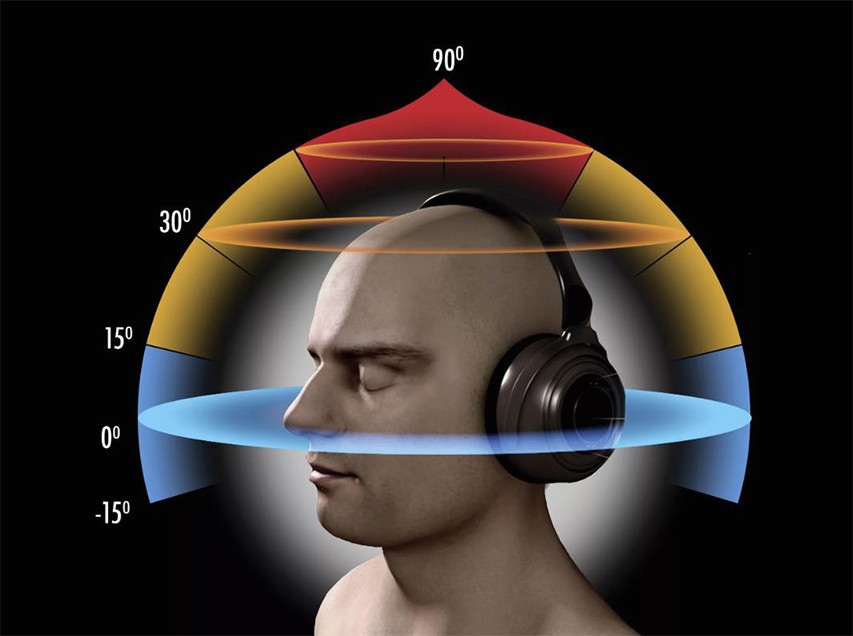
However, despite its simplicity, the technology has its limitations. Binaural audio creates sound content designed for the “average” listener, without taking into account that each person’s body is unique. People differ in head size, shoulder width, neck length, and even ear shape. These individual differences can significantly affect the perception of sound and the believability of binaural audio. Two people may perceive the same sound completely differently: one may be impressed by the unique sound experience, while another may find the whole technology pointless.
How to listen to binaural audio
Despite the existence of various methods of recording binaural audio, there is only one way to play it back – through headphones. It is the need for headphones, as well as the peculiarities of our hearing, that prevents the spread of this technology in the film industry and other art forms.
The human brain works closely with the hearing, and together they easily determine the location of the sound source and its distance. Since our ears work separately from each other, the sound reaches one ear before the other, which allows the brain to accurately determine the direction and strength of the sound, as well as its location.
Trying to create an illusion with speakers will not work, because the brain knows where they are. The signal reaches the ears almost instantly, and we easily distinguish real sounds from recorded ones. For binaural audio to sound natural and indistinguishable from the real world, headphones are needed that isolate the left and right channels from each other.
For movie theaters, concert venues and other entertainment venues, this becomes a serious obstacle. At the moment, businesses are not ready to equip each hall with a sufficient number of headphones. Multi-channel audio systems are cheaper, they are more durable, break less often, and it is impossible to accidentally forget to return them when leaving the hall.
So why do we need such audio?
Despite the difficulties and uncertainty in funding, the advantages of binaural audio outweigh the disadvantages, encouraging engineers and developers to continue to improve the technology, making it more accessible and cheaper.
Firstly, binaural audio provides a truly unique experience: the sound moves with you, just like it does in real life. Modern advances have allowed the technology to become very precise. You can turn your head, sit, stand, bend over – and binaural audio in headphones will always sound as if you were in the real world. This allows the listener to literally be transported to another environment and remain there, regardless of movement. For example, the recently released Waves Abbey Road Studio 3 plugin allows you to virtually find yourself in the famous Abbey Road studio, where the sound changes depending on the position of your head.
Secondly, this technology is especially useful for recording complex sound spaces and audio signals. With its help, you can record and reproduce the sounds of a forest, the sea, or even a symphony orchestra in the most natural way. The noise of trees and rustling leaves will seem three-dimensional, as if you were standing in the middle of a forest, and the sound of water will be so realistic that you will feel like you are on a warm beach or on the deck of a ship.
Binaural audio has become especially popular among ASMR (Autonomous Sensory Meridian Response) content creators, where pleasant sounds are used in videos to relax. YouTube is now full of such videos, where authors burst bubble wrap, crumple paper, or even eat nuts and wash them down with beer. Binaural audio is ideal for such videos due to the realistic transmission of sound.
In the future, when binaural systems become more widespread and affordable, this technology may become the new standard for recording music and sound. Although binaural sound will probably not replace surround systems like Dolby in movie theaters, it may become a common element in the home. Listeners will be able to feel like they are standing in the center of the studio next to their favorite musicians, immerse themselves in intense virtual shootouts, or travel to other worlds while watching movies. And best of all, all you need is a pair of headphones, your own ears, and a stereo system.


